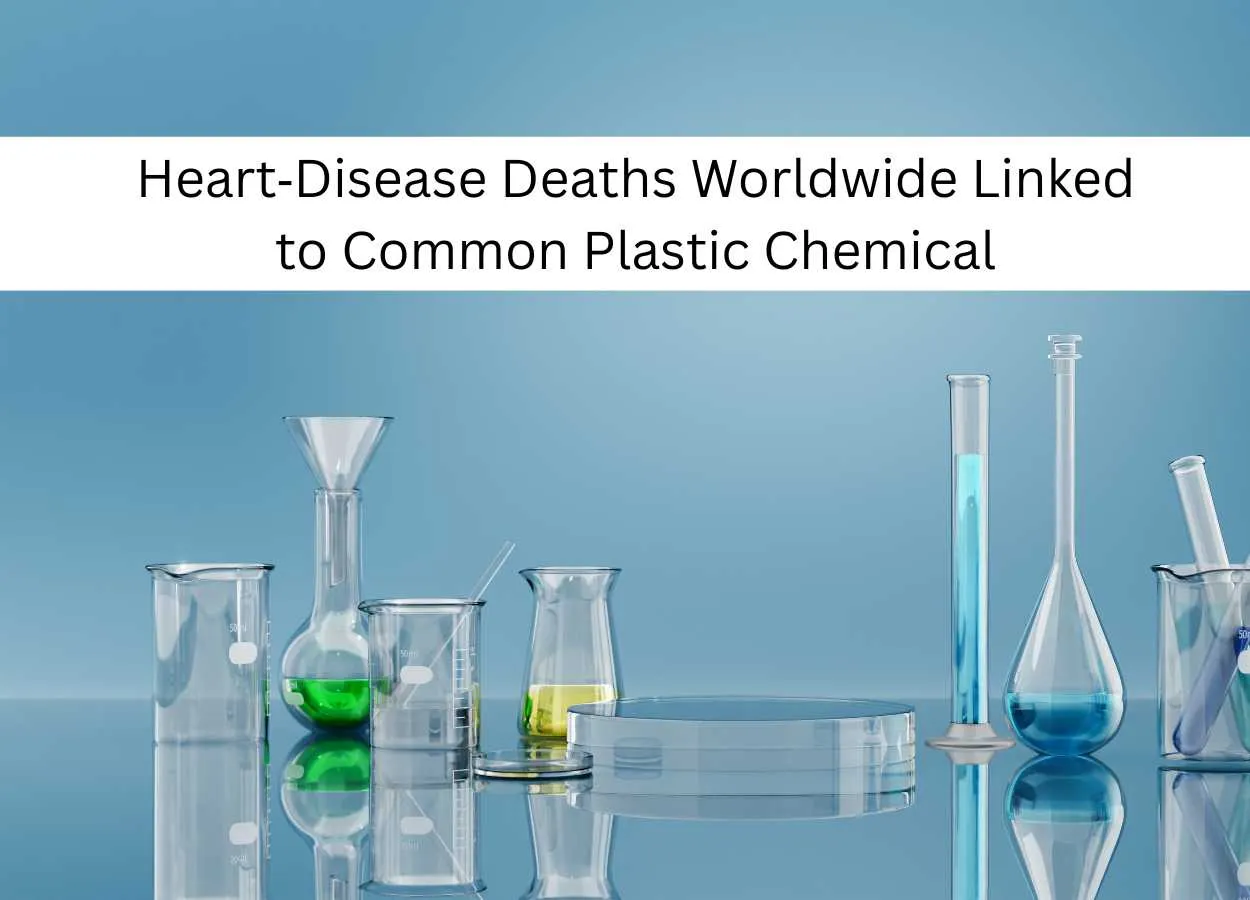A comprehensive global analysis by NYU Langone Health has identified a startling association between daily exposure to the plastic additive di‑2‑ethylhexyl phthalate (DEHP) and hundreds of thousands of heart‐related deaths. While commonly used to make plastic goods more flexible, DEHP may have serious implications for cardiovascular health.
The study estimates that in 2018 alone, exposure to DEHP contributed to 356,238 deaths from heart disease worldwide—accounting for more than 13 percent of cardiac deaths among adults aged 55–64. This marks the first global estimation quantifying the cardiovascular mortality burden caused by a single phthalate.
Alarmingly, about three quarters of these deaths occurred in South Asia, the Middle East, East Asia, and the Pacific
. Within this region, India suffered the highest toll, with 103,587 deaths, followed by China and Indonesia
. Researchers suggest this disparity may stem from rapid industrial growth and weaker regulations on plastic production in these areas.
To arrive at their estimate, the researchers analyzed DEHP exposure data from urine biomonitoring across nearly 200 countries and territories, drawing on population surveys. They paired these exposure estimates with age‑specific cardiovascular mortality figures sourced from the Institute for Health Metrics and Evaluation. Previous studies have linked DEHP exposure to inflammation of coronary arteries, setting the biological foundation for its potential link with heart attacks and strokes.
Sara Hyman, BS, lead author, emphasized the urgency of the findings: “By highlighting the connection between phthalates and a leading cause of death across the world, our findings add to the vast body of evidence that these chemicals present a tremendous danger to human health.”
Senior author Leonardo Trasande, MD, MPP, stressed global inequities: “There is a clear disparity in which parts of the world bear the brunt of heightened heart risks from phthalates … urgent need for global regulations … especially in areas most affected by rapid industrialization and plastic consumption.”
The researchers are careful to note that their analysis does not prove DEHP as the direct cause of heart disease deaths, and it does not account for other types of phthalates or broader age groups, suggesting the overall impact may be even higher.
Published in Lancet eBioMedicine, the study lays groundwork for future work. The NYU team intends to explore whether reducing DEHP exposure can directly lower mortality rates, and to evaluate other health impacts such as effects on preterm birth and endocrine systems.
DEHP is virtually ubiquitous in food containers, medical tubing, cosmetics, pipes, insect repellents, and more. Its ability to leach into air, dust, and even human bodies makes exposure nearly unavoidable.
The revelation that over 350,000 deaths are potentially linked to one plastic chemical underscores the need for global action. It’s a call for stronger plastic regulations—especially in emerging economies—and heightened public awareness.
This landmark study by NYU Langone paints a sobering portrait: a common chemical used in everyday plastics may be silently fueling cardiovascular deaths worldwide. As industrial growth continues and plastic use escalates, often without adequate regulation, the societal cost may well escalate alongside it. For policymakers and individuals alike, the takeaway is clear: it’s time to rethink our reliance on phthalates.








